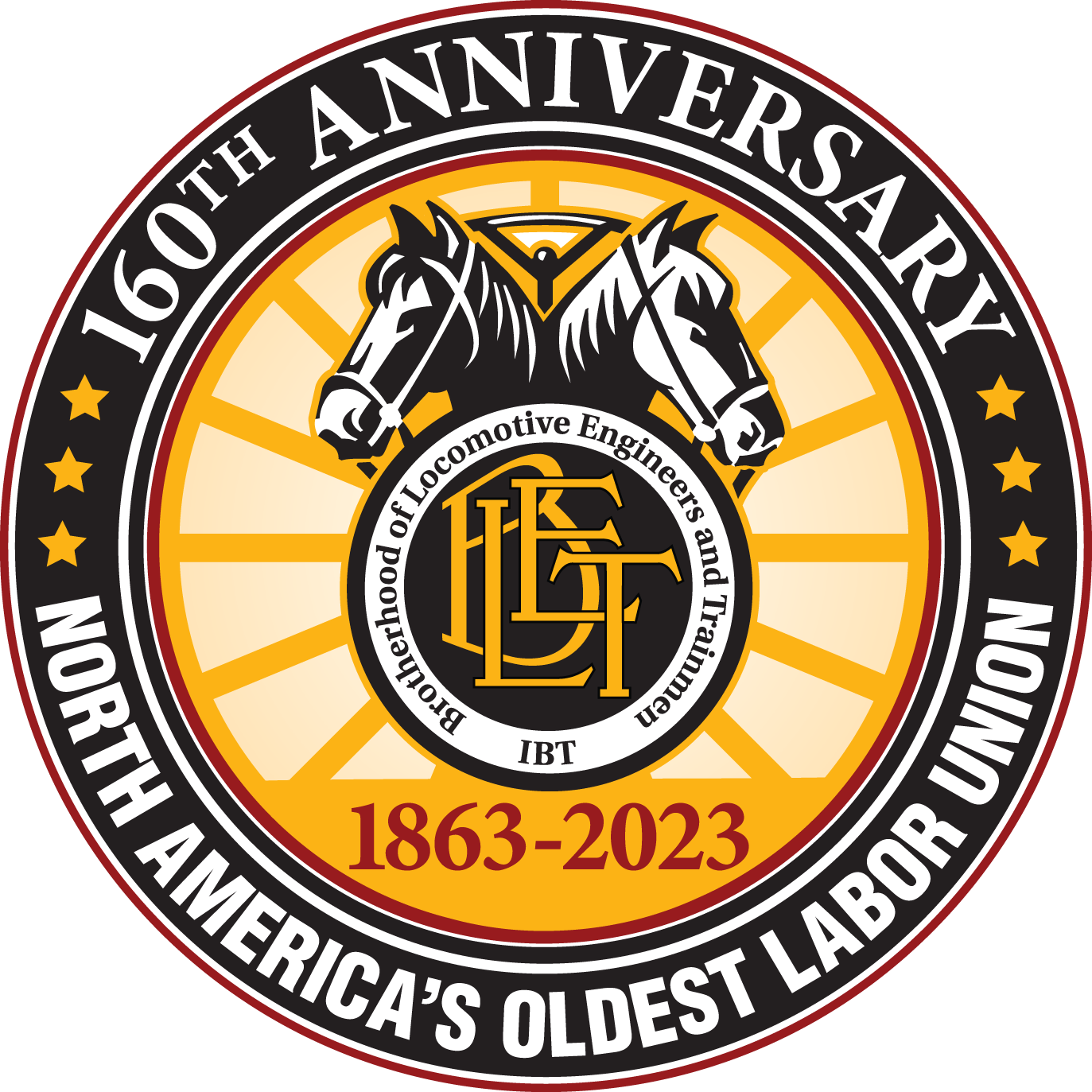Policy Priorities for Ohio
While not attached to any specific legislation, the following issues are priorities of Ohio’s Legislative Board and guide our policy decisions and advocacy across the state.
Rail Safety
Our top priority will always be the safety of our membership and the general public. We work with state and federal agencies to ensure that sensible regulations on rail transporation are implemented and enforced.
Our Board will fight to make sure that rail equipment and infrastructure is properly maintained, inspected, and repaired:
- Our partners in the mechanical department should be permitted to perform periodic and pre-departure inspections of rolling stock and to perform critical repairs as needed.
- Our partners in the engineering department should be permitted to inspect our rail infrastructure for wear and damage in our yards, main track, and in customer facilities.
- Our members should be permitted appropriate time to perform required daily inspections of locomotives in our charge. Issues of non-compliance should be repaired before locomotives are returned to service.
Our Board will work to ensure that the impact of rail transportation on the general public is a positive one:
- If a train is too long to match existing infrastructure, particular care should be taken to minimize impact on the public. Stopped movement should be avoided, and if neccessary, should be done between road crossings or the train should be separated to allow critical routes to remain unblocked.
Our Board will work with local leaders on public safety around rail:
- We will identify problem road crossings and work with local leaders and the Ohio Rail Development Commission (ORDC) for solutions, including crossing upgrades or potential eliminations.
- We will work with programs such as Operation Lifesaver to provide rail safety information and education to the public.
Passenger Rail Expansion
Our Board is in full support of any expansion of passenger rail service in and through Ohio. We are very excited about the four routes chosen for further study under the Federal Railroad Administrations Corridor ID Program, including:
- Cleveland – Columbus – Dayton – Cincinnati (3C&D) sponsored by the State of Ohio
- Cleveland – Toledo – Detroit sponsored by the State of Ohio
- Pittsburgh – Columbus – Ft. Wayne – Chicago sponsored by the Mid-Ohio Regional Planning Authority (MORPC) and Ft. Wayne
- Daily Service on the Cardinal sponsored by Amtrak
There are two additional routes chosen for further study under the Federal Railroad Administration Long Distance Program, including:
- Detroit – New Orleans with stops in Toledo, Columbus, Dayton, and Cincinnati
- Dallas/Fort Worth – New York with stops in Cincinnati, Dayton, and Columbus
Additionally, our Board is advocating for the following additional routes:
- Cleveland – Youngstown – Pittsburgh sponsored by the Northeast Ohio Areawide Coordinating Agency (NOACA)
- Cleveland – Toledo – Chicago sponsored by NOACA
- Cleveland – Erie – Buffalo sponsored by NOACA
- Columbus – Toledo – Detroit
- Columbus – Pittsburgh – Washington, D.C.
We support any measures that will bolster and improve existing service through Ohio, including the Capital Limited and Lakeshore Limited. We support collaboration with other states, either directly or through the Midwest Interstate Passenger Rail Commission and similar entities to grow interstate passenger rail options. We work closely with advocacy groups such as the Rail Passenger Association (RPA), All Aboard Ohio, and the Lakeshore Rail Alliance.
Rail Supported Growth
Rail supported growth of businesses in Ohio and beyond is something labor and the industry can both agree on. We work to ensure that the Ohio Rail Development Commission (ORDC) is fully funded and has the ability to identify and fund projects that support our short line members. We fought hard to secure the following funding in the 2024/2025 Operating Budget (Sub. HB 33, 135th GA):
- $6 million in annual funding for the ORDC.
- $1 million to establish a fund to identify and remove orphan crossings.
- $10 million to establish a fund to offset the cost of wayside defect detectors on Class 2 and Class 3 railroads.
- $100 million to establish a fund to offset the local cost of grade crossing separation projects.
We continute to advocate for appropriate funding of the Consolidated Rail Infrastructure and Safety Improvement (CRISI) grant program through the Federal Railroad Administration and similar programs.
